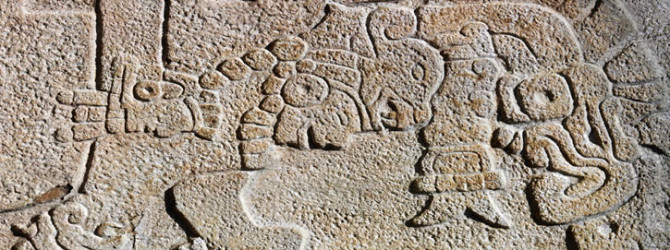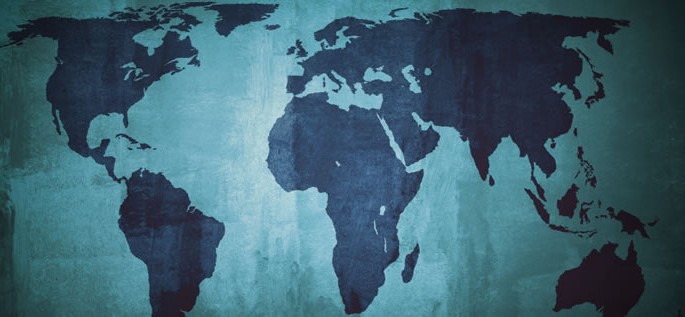Families
Pick a language and chances are it belongs to a family or branch. By tracing the language back to its common historic ancestor, it is possible to see how it relates to other languages. Learn more by visiting our Language Families section. See the featured language families below.
Oto-Manguean Language Family
The Oto-Manguean language stock is a group of related languages or language families of Mexico. It is the largest language stock in Mexico, consisting of 174 languages (Ethnologue) that are thought to have originated from a single ancestral language that existed in southern Mexico since at least 4,000 BC. As groups of speakers of the common ancestral language began to settle in different regions of Mexico, and lost contact with each other, their languages began to diverge. Read more >
Dravidian Language Family
The Dravidian language family is one of the largest language families in the world. The vast majority of linguists believe that the Dravidian language family is completely unrelated to any other language family. The family includes 73 languages spoken by over 222 million people in southern India, Sri Lanka, certain areas of Pakistan, and in Nepal. Commerce and emigration have also spread Dravidian languages, particularly Tamil, to Burma, Indonesia, Malaysia, Fiji, Madagascar, Mauritius, Guyana, Martinique and Trinidad. Read more >
Pidgin Languages
Pidgins are “on-the-spot” languages that develop when people with no common language come into contact with each other. Nobody speaks a pidgin as their first language. Usually a pidgin language is a blend of the vocabulary of one major language with the grammar of one or more other languages. The major languages are usually the languages of the former major colonial powers, such as English, French, and Portuguese. Read more >
Indo-European Language Family
Indo-European is a family of languages that first spread throughout Europe and many parts of South Asia, and later to every corner of the globe as a result of colonization. The term Indo-European is essentially geographical since it refers to the easternmost extension of the family from the Indian subcontinent to its westernmost reach in Europe. The family includes most of the languages of Europe, as well as many languages of Southwest, Central and South Asia. Read more >
Chadic Branch
The Chadic branch of the Afro-Asiatic language family consists of about 195 languages spoken south of the Sahara desert in an area stretching from the south of Niger, across northern Nigeria, northern Cameroon and Chad. Chadic languages are so called because of Lake Chad. Chadic languages are the most distant branch of the Afro-Asiatic language family because they were the earliest to separate from the common ancestor. They form the most variegated branch of the Afro-Asiatic language family. Read more >
Language Families
Most languages belong to language families. A language family is a group of related languages that developed from a common historic ancestor, referred to as protolanguage (proto– means ‘early’ in Greek). The ancestral language is usually not known directly, but it is possible to discover many of its features by applying the comparative method that can demonstrate the family status of many languages. Sometimes a protolanguage can be identified with a historically known language. Read more >





